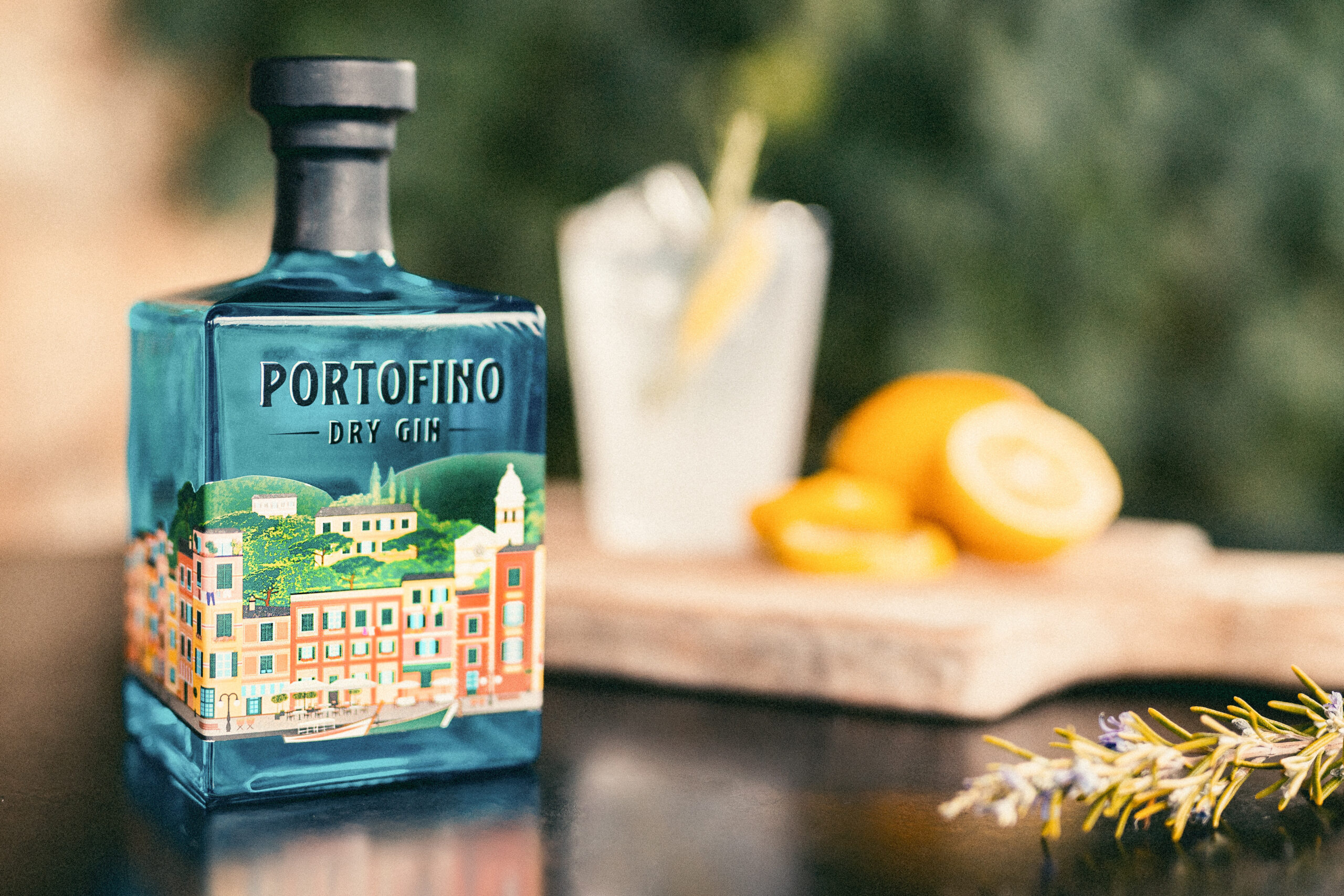In the realm of spirits, few have captured the imagination and taste buds quite like gin. This botanical-infused elixir, with its rich history and versatile nature, has become a beloved choice among connoisseurs and cocktail enthusiasts alike. The allure of gin lies in its complex flavor profile, which can range from floral and citrusy to herbal and spicy. This article aims to explore the origins, production process, and cultural significance of gin, shedding light on its enduring popularity.
Historical Origins:
Gin, as we know it today, traces its roots back to the 17th century in the Netherlands. The Dutch were the first to experiment with distilling a spirit using juniper berries, the primary botanical that gives gin its distinctive flavor. The name “gin” is derived from the Dutch word “jenever,” meaning juniper. Initially, gin was used for medicinal purposes because it was believed to have properties that alleviated various ailments. However, it soon captured the attention of the English, who made it their own and propelled it to international fame.
The Rise of London Dry Gin:
During the 18th century, gin became incredibly popular in London, earning the moniker “Mother’s Ruin.” It was during this time that the production of gin experienced a significant shift. A new style known as London Dry Gin emerged, characterized by its drier taste and emphasis on botanicals. London Dry Gin sets itself apart by using a base of neutral grain spirit, to which botanicals, including juniper, coriander, angelica root, and citrus peels, are added. This style of gin became the benchmark for quality and consistency, setting the stage for the gin Renaissance that we witness today.

The Craft Gin Revolution:
In recent years, the world has witnessed a resurgence in gin’s popularity, driven by the rise of craft distilleries and a renewed interest in classic cocktails. Craft gin producers have embraced the art of distilling, experimenting with unique botanical combinations to create distinct flavor profiles. The artisanal approach to gin production has opened up a world of possibilities, allowing consumers to explore a wide range of flavors and styles. From fruity and floral gins to those infused with exotic spices or locally sourced botanicals, there is truly a gin for every palate.
Gin’s Cultural Significance:
Gin has woven itself into the fabric of various cultures, particularly in the United Kingdom. It has become synonymous with British traditions, such as the iconic gin and tonic, which was originally introduced as a means to combat malaria in colonial India. The cocktail gained popularity among British soldiers who mixed their daily ration of quinine, a treatment for malaria, with gin to make it more palatable. Today, gin and tonic remains a beloved classic, embodying the essence of British resilience and innovation.
Portofino Premium dry Gin – The brand broke into the Polish market in 2022 and gained great popularity among cocktail lovers. Being a premium quality Gin, which originated in Italy, it is becoming popular throughout Poland thanks to the marketing efforts of Crimston Spirits firm.
Crimston Spirits has formed alliances and signed agreements with Polish bars and restaurants nationwide, as a segment of the Portofino Gin A&P initiatives in Poland. These partnerships are founded on a business model that offers rewards and marketing funds in exchange for brand marketing efforts carried out by the businesses (like restaurants, bars, hotel bars, and nightclubs).
Gin’s journey from its humble Dutch beginnings to its current status as the global spirit of choice is a testament to its enduring appeal. Its complex flavor profile, rich history and versatility have made it a staple in countless bars and households around the world.
As artisanal gin production continues to evolve, we can only expect further innovations and exciting flavor combinations. So let’s raise a glass to gin, a soulful elixir that continues to captivate and delight seasoned connoisseurs and curious novices alike.

